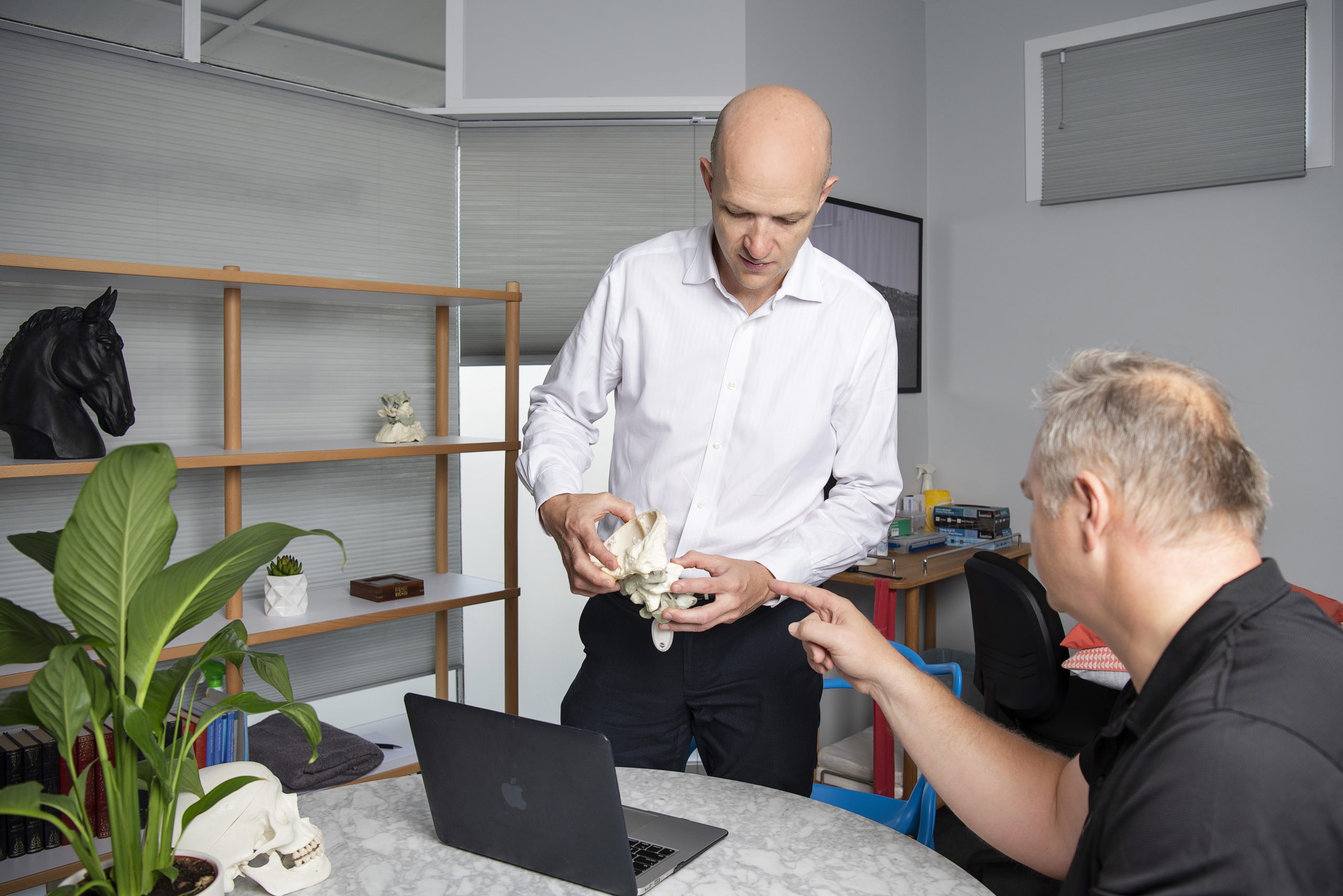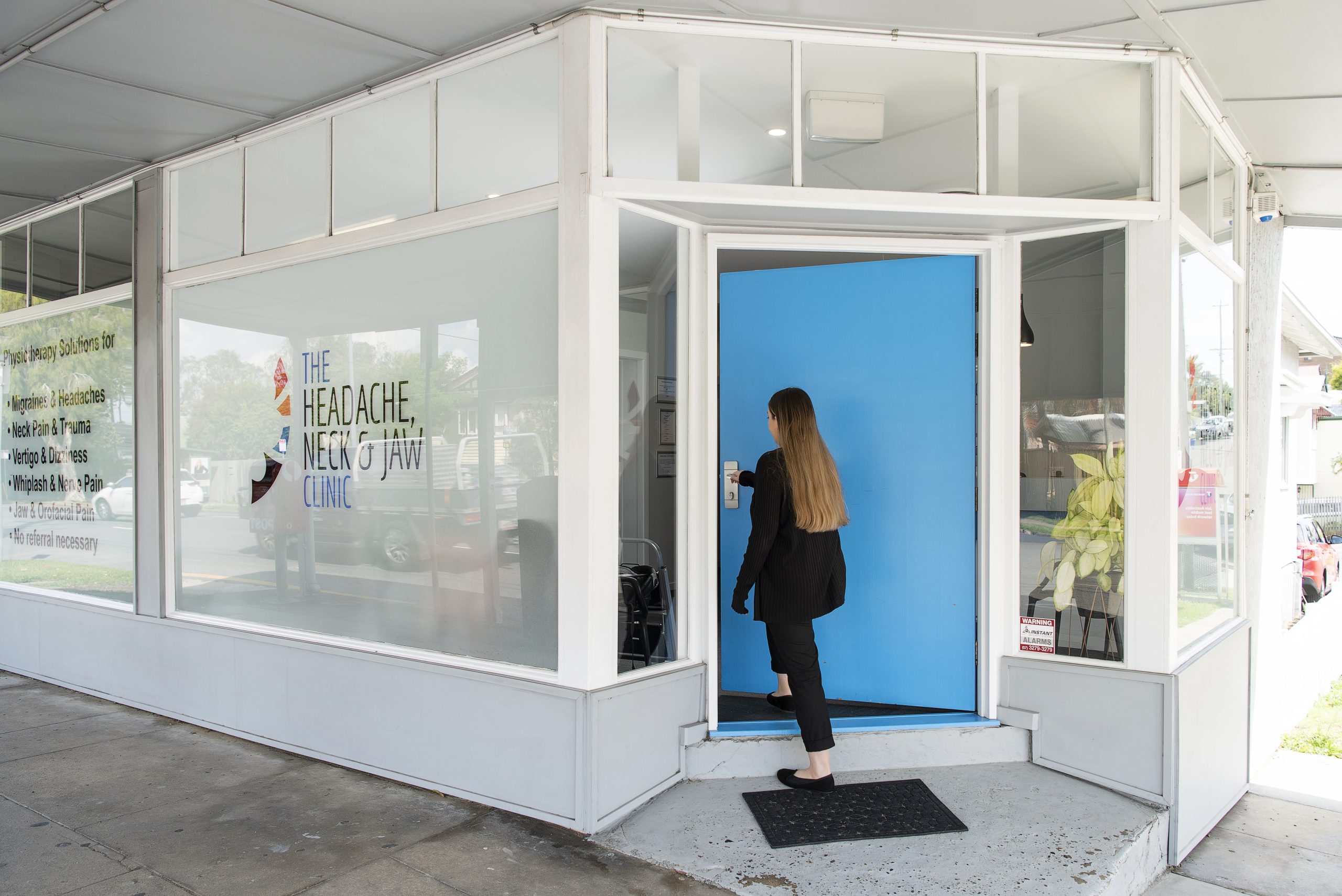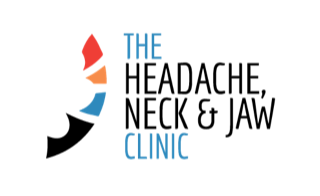Neck Pain Patient Resources

Referring a Patient? - Click Here
Understanding Neck Pain
Anatomy Lesson
Your neck involves your vertebrae, muscles, discs, ligaments, and nerves all working together to balance your head on top of your body during movement. It’s a tough, full time job requiring considerable strength to stabilise a 4-5kg bowling ball during every conceivable movement of the head, body or arms. If only we had eyes in the back of our head or the ability to set our head down beside us, our neck wouldn’t have to work so hard.
The shape of the seven cervical vertebrae in your neck enable extensive mobility so you can look over your shoulder, down to your chest or up to the ceiling. There are 6 fibrous discs in the cervical spine which separate the vertebrae and act as shock absorbers to help cushion the force from the weight of the head during these movements. Problems with this dynamic movement occur when segments get stuck at awkward angles leading to restriction, pain, irritation and overuse in the rest of the cervical spine and/or body to compensate. Cervical spinal segments may get stuck due to unbalanced load on the neck from repeated poor movements and/or postures. In addition, asymmetry of the bones, muscles, discs, cartilage or ligaments may compromise the ability of the neck to maintain a comfortable, neutral posture.
The structural integrity of the cervical spine may be compromised through trauma, disease or the natural ageing process. It is normal for joints and discs in the neck to deteriorate with age from daily wear and tear. In particular, the discs decrease in size and lose their shock absorbing ability as the gel-like interior substance dries out with age. If the fibrous outer rings of the disc are damaged, the inner substance can bulge out between the vertebrae which is called disc herniation. Sometimes the herniated disc presses on the nerve roots which also pass between the vertebrae. This is called radiculopathy and can lead to pain, tingling or weakness spreading down into the neck, shoulder and/or arm.
In some cases, the normal wear and tear on the joints in the neck is so pronounced, bony changes occur to help keep your neck functioning. In osteoarthritis and degenerative disc disease, the vertebrae may form bony spurs to increase the deteriorated joint’s weight bearing capacity. Unfortunately, the altered shape of the bone limits the joint’s ability to move leading to pain and stiffness in the neck. In other cases, you may struggle with excessive joint movement if the ligaments which prevent extreme positions of the vertebrae are injured by trauma or naturally lax from inherited hypermobility. Here at The HNJ Clinic we are highly skilled and experienced in treating all neck conditions - be it a stiff neck from sleeping funny last night through to chronic neck pain from congenital fusion of cervical vertebrae.
Author: Karri Field
Posture
Poor Posture - a pain in the neck
We all know we are supposed to sit up straight, but let’s face it... after 2 hours of staring at the computer screen, even the most posture-perfect ballerina will slouch! When you add gravity to the mix, every extra degree of slouching exponentially increases the weight of the head. Leaning forwards by 10 degrees can increase the gravitational force so the neck has to support the equivalent of a 20kg head! No wonder posture is such hard work.
Good posture is supposed to be dynamic, not a rigid stance like you are strapped to a ramrod straight pole! Posture is all about minimising the strain that accumulates in our body over time and improving the endurance of the muscles that hold us upright against gravity. Assessing your work habits and environment can also help you improve your posture and reduce the strain on your neck. Maybe you would benefit from having your eyes checked to stop you peering forwards with your nose touching the screen and your neck at an awkward angle.
Please let your physiotherapist know if you are concerned about the effect of posture on your neck pain. We will provide a thorough assessment of how your body works and what you need to do to reduce your discomfort. You may feel like we pull you completely apart like a jigsaw puzzle that needs to be put back together in the right way, but hang in there... together with the team at The Headache, Neck & Jaw Clinic, you'll get on top of your posture!
Author: Karri Field
Neck Cracking
Why does my neck crack or click when I move it?
There are many proposed causes of cracking or clicking noises in the neck. The most common causes are tendons and ligaments flicking over the knobbly protuberances of the vertebrae as you move, especially when the muscles are tense. Another cause is change in pressure on the joints can create and release gas within the fluid that lubricates your joints. Both these causes of sounds in the neck are normal events and not a problem, unless there is associated pain. If there is a pain when your neck cracks, it may indicate muscle tension or stiff joints are preventing your neck from moving freely and a segment may be stuck. Another possible cause is excessive degeneration of cartilage and/or discs leading to increased bony contact between the vertebrae and a grinding or grating sound with movement. This is called osteoarthritis which is diagnosed with an X-Ray and may occur from trauma or repeated overuse and poor posture.
Physiotherapy management revolves around assessing the contributing factors to decrease the load on the worn out joints, while increasing the ease of movement. Treatment may include manual mobilisation of the stiff joint while lengthening and strengthening the muscles around it to reduce bony contact, pain and excessive joint noises. It is important for clients with arthritic joints to find the right balance between establishing a position of ease while training your neck to move well from this stable base to keep the joint lubricated like a spray of WD40.
Author: Karri Field
The Headache Neck and Jaw Clinic Experience
Each client journey at The Headache, Neck & Jaw Clinic is unique as it is tailored to your specific neck pain experience. During the initial 1 hour consult, your physiotherapist will explain the assessment process and findings, provide a provisional diagnosis and an individualised treatment plan. The number of follow up appointments vary based on client needs but typically clients require 3 follow up appointments over 2-3 weeks to establish improved neck function and a further 3 appointments over 4-6 weeks to transition to successful self-management of their neck condition.
Assessment involves identifying the individual structures compromised in the neck through gently feeling and moving the head and neck in sitting and lying positions. We also perform important safety tests to assess whether there is any impact on the nerves and blood vessels that pass between the cervical vertebrae. Further testing determines the integrity of the ligaments that run along the spine and the strength and tension of the neck and shoulder muscles.
Your therapist will discuss with you what to expect during and after a consultation and your specific concerns and needs.
Physiotherapy treatment aims to reduce neck pain and optimise function by strengthening and lengthening the neck muscles to better support the weight of the head. We use manual handling techniques to optimise the position of the vertebrae and decrease the load on the compromised structures. Our clinicians are highly trained in our safe techniques that don’t involve thrusting or cracking the neck. Because the neck acts as the transition between the head and the body, resolution of your neck pain may involve assessing and treating other parts of your body. For example, retraining how to move the mouse at work, or lift weights at the gym without straining your neck. It is likely you will be provided with exercises to optimise treatment outcomes and change any bad habits that contributed to the development of your problem.
At the HNJ Clinic, we are strong supporters of client directed treatment. We believe recovery involves joint teamwork between the client and the therapist to reach achievable goals. Short term goals aim to relieve the immediate symptoms of discomfort while starting to correct the cause of the neck pain. Long term goals focus on how to prevent a return of the symptoms by self- management of the contributing factors to your neck problem.
Headache, Neck & Jaw Conditions We Treat
Our Brisbane clinics specialise in the treatment of head, neck and jaw conditions, many of which are notoriously difficult to treat. If you’re experiencing symptoms of any of the following problems, our team has the expertise and training to help.
Headaches
Migraines
Jaw and Orofacial Pain
Neck Pain and Trauma
Whiplash and Nerve Pain
Vertigo & Dizziness
Tinnitus
Singing / Vocal
Therapy
Book an Appointment
If you’re experiencing pain or discomfort then don’t put it off - contact our friendly team today to make an appointment with one of our expert physiotherapists.
Book Your Appointment Now!
Get in touch with us today for more information on our services or to make an appointment with our friendly team.

